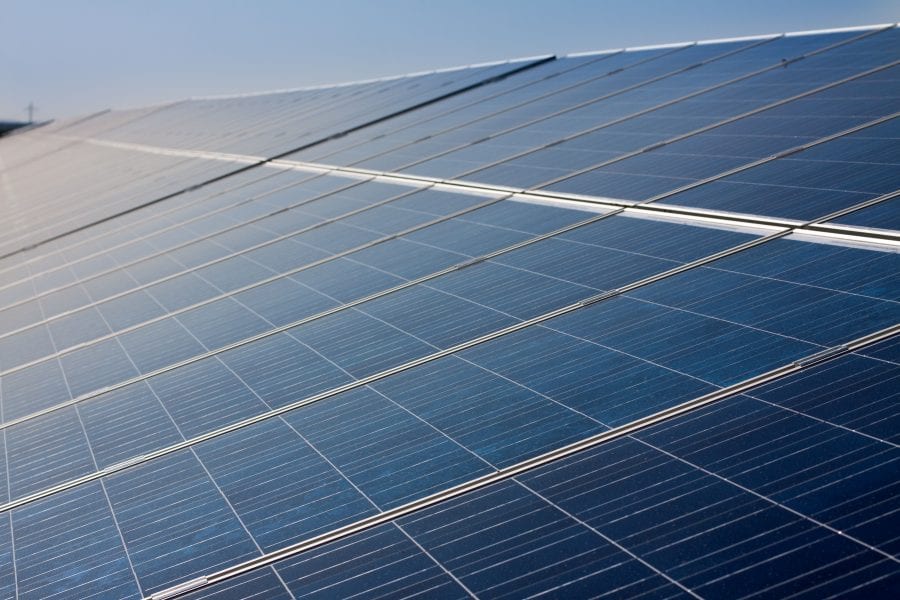Lead-based organic–inorganic perovskites are known for their ability to efficiently convert sunlight to electricity in solar cells. Although this efficiency is linked to their long charge carrier lifetime, these materials do not have an optimal bandgap of the absorption layer. Therefore, narrowing the bandgap is necessary in order to maximize their energy conversion efficiency. Substituting the lead and iodine with other atoms have yielded unwanted outcomes in previous efforts, including reduced carrier lifetime and even wider bandgaps. Preserving the carrier lifetime while narrowing the bandgap is essential, and Gang Liu, Ho-kwang Mao, Tao Xu and co-workers have recently accomplished this using hydraulic pressure.
By applying a pressure of up to 2.1 GPa, the researchers induced changes in the electronic structure of formamidinium lead triiodide (HC(NH2)2PbI3). This physical compression narrowed the bandgap significantly—from 1.489 eV to 1.337 eV. Not only did the authors meet the Shockley–Queisser optimal bandgap (1.34 eV); they also achieved an extended carrier lifetime. In addition, the bandgap does not return to 1.489 eV once the pressure is restored to atmosphere but is partially maintained.
Learn more about this exciting work in Advanced Functional Materials.

















